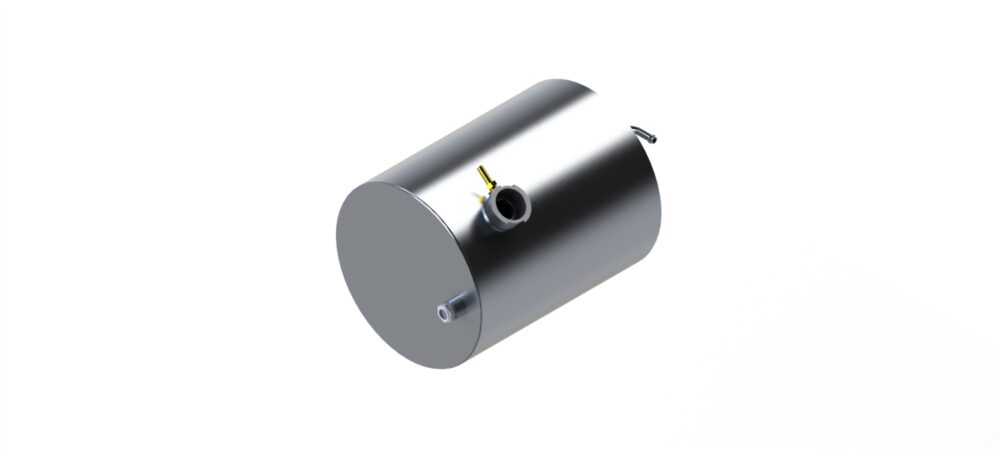Function Of A Surge Tank

A radiator surge tank, also known as an overflow tank or coolant reservoir, or expansion tank, is a component of a vehicle’s cooling system. Its primary function is to provide a space for excess coolant to expand and contract as the engine temperature changes.
Function
When the engine is running and the coolant heats up, it expands, and the pressure in the cooling system increases. The radiator cap, which is typically located on the radiator itself, is designed to maintain a specific pressure level in the system. If the pressure exceeds this level, the radiator cap allows coolant to flow into the surge tank.
The surge tank acts as a reservoir for the excess coolant and also serves as a point of return for coolant that contracts as the engine cools down. As the engine temperature decreases, the coolant contracts, creating a vacuum in the cooling system. This vacuum draws the coolant back from the surge tank into the radiator, ensuring that the radiator and engine remain properly filled with coolant.
In addition to providing space for coolant expansion and contraction, the surge tank also acts as a coolant recovery system. It captures any coolant that may be expelled from the system due to overheating or pressure build-up. As the engine cools down, the coolant in the surge tank is drawn back into the radiator, preventing any loss of coolant from the system.
Expansion Tanks
Overall, the radiator surge tank helps to regulate coolant levels and maintain the proper pressure within the cooling system, which is crucial for effective engine cooling and preventing overheating. Call 734.351.5365 at Southpointe Radiator today to order your surge tank!